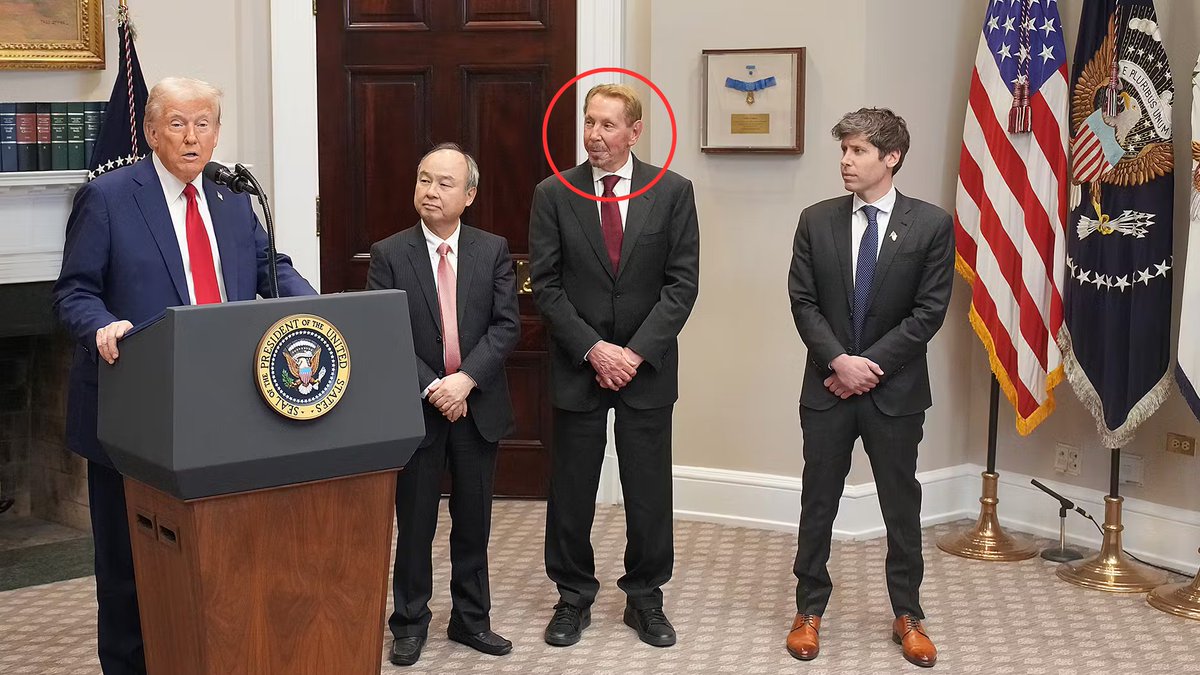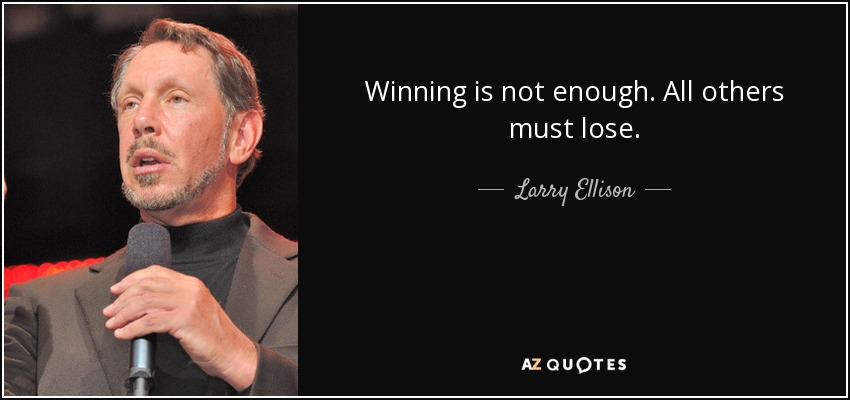In 2000, Nokia sold 7 phones every second and owned 70% of the market.
It was bigger than Apple, cooler than Samsung, and untouchable.
Then it bet against the future and lost everything.
Here’s how the company that once ruled a generation collapsed:

It was bigger than Apple, cooler than Samsung, and untouchable.
Then it bet against the future and lost everything.
Here’s how the company that once ruled a generation collapsed:
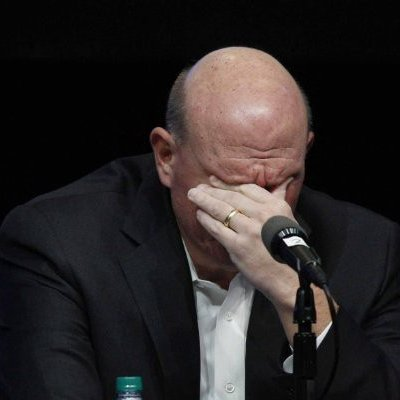
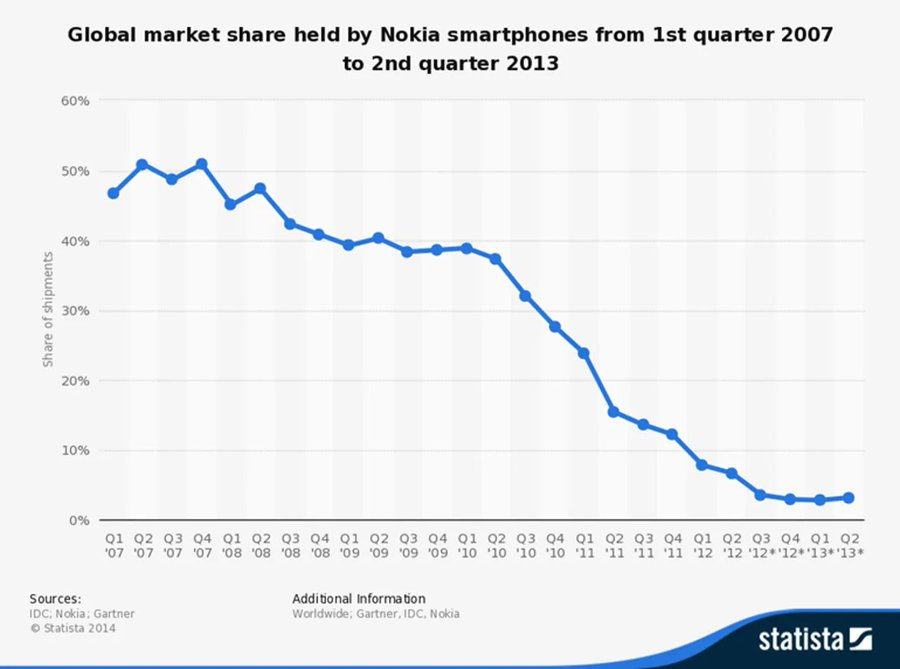
At its peak, Nokia was untouchable.
Its phones were durable, reliable, and wildly popular.
The brand became synonymous with mobile phones, so much so that by the early 2000s, Nokia was more recognizable globally than Coca-Cola.
Its phones were durable, reliable, and wildly popular.
The brand became synonymous with mobile phones, so much so that by the early 2000s, Nokia was more recognizable globally than Coca-Cola.

But behind the scenes, cracks were forming.
1. They saw the smartphone revolution coming but couldn’t act fast enough.
In 2004, Nokia invented a prototype that looked shockingly like the iPhone.
It had a big touchscreen and camera.
But executives shelved it.
1. They saw the smartphone revolution coming but couldn’t act fast enough.
In 2004, Nokia invented a prototype that looked shockingly like the iPhone.
It had a big touchscreen and camera.
But executives shelved it.
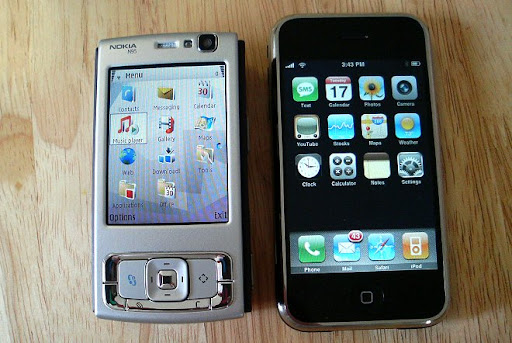
Why?
They feared cannibalizing their existing products, especially their ultra-profitable keypad phones.
They feared cannibalizing their existing products, especially their ultra-profitable keypad phones.
2. Nokia ran on outdated software.
While Apple built iOS from scratch and Google bet big on Android, Nokia kept relying on Symbian:
A clunky system that was hard to develop for.
As one developer even said:
“Coding for Symbian was like doing brain surgery with a chainsaw.”
While Apple built iOS from scratch and Google bet big on Android, Nokia kept relying on Symbian:
A clunky system that was hard to develop for.
As one developer even said:
“Coding for Symbian was like doing brain surgery with a chainsaw.”
3. The culture was toxic
Insiders say Nokia’s leadership was more focused on internal politics than innovation.
Managers were afraid to speak up.
Good ideas died in boardrooms.
A former exec revealed:
“We were scared of making the wrong move, so we made none at all.”
Insiders say Nokia’s leadership was more focused on internal politics than innovation.
Managers were afraid to speak up.
Good ideas died in boardrooms.
A former exec revealed:
“We were scared of making the wrong move, so we made none at all.”
4. Then came Apple
In 2007, Steve Jobs introduced the iPhone.
In 2008, Android followed.
Touchscreens became the future. Apps exploded.
Despite having more resources than anyone, Nokia froze.
In 2010, they launched their “iPhone killer”: the Nokia N8.
But it was too late.
In 2007, Steve Jobs introduced the iPhone.
In 2008, Android followed.
Touchscreens became the future. Apps exploded.
Despite having more resources than anyone, Nokia froze.
In 2010, they launched their “iPhone killer”: the Nokia N8.
But it was too late.
5. Microsoft made things worse
In 2011, Nokia partnered with Microsoft, ditching Symbian for Windows Phone.
But the platform was dead on arrival.
Developers didn’t care. Consumers didn’t switch.
In 2011, Nokia partnered with Microsoft, ditching Symbian for Windows Phone.
But the platform was dead on arrival.
Developers didn’t care. Consumers didn’t switch.
By 2013, Nokia sold its mobile division to Microsoft for $7.2B, a fraction of what it was once worth.
In just over a decade, the company that ruled the world vanished from relevance.
In just over a decade, the company that ruled the world vanished from relevance.
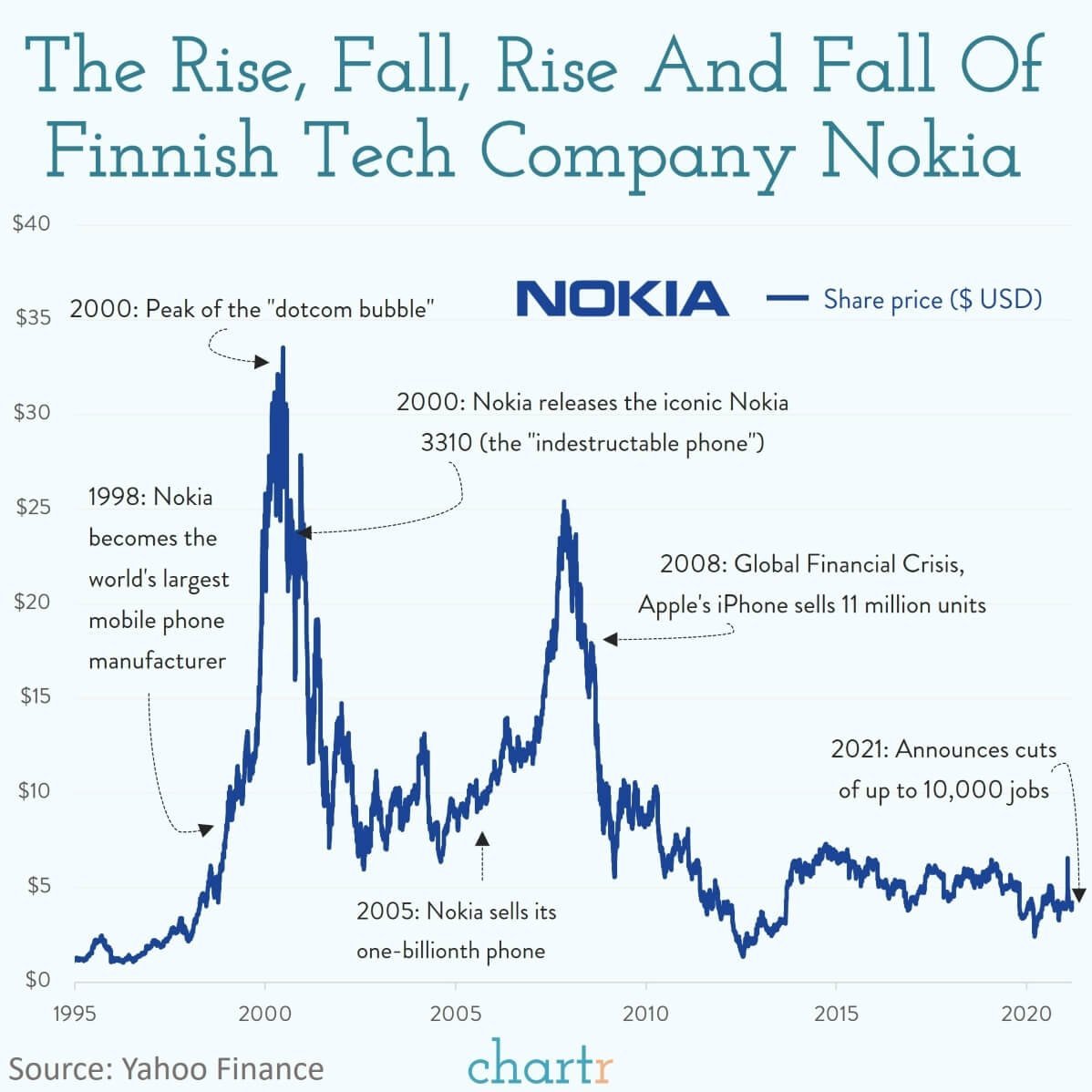
• • •
Missing some Tweet in this thread? You can try to
force a refresh


